Last year President Lee Myung-bak’s government unveiled their “Green New Deal” policy.
They intend to spend 1.25 trillion Korean Won or approximately US$956 million on the creation of a vast network of bicycle paths that will stretch across the country. The total length of the network will total 3,114 km (1,934 miles) and include routes along the coast and others that follow the nation’s major rivers.
According to South Korean government data, only 1.2 percent of South Koreans use bicycles as a means of transportation. The policy has been introduced with the goal of increasing that to 10 percent by 2017.
“The country should start a road diet program to reduce the number of lanes for automobiles on major roads and create new cycle paths.
We are working on various cyclist-friendly policies so that more people can use bicycles as a means of getting to work,” said President Lee in a radio address, “Bicycles will emerge as a key means of transportation in an era of green growth.
More public use of bicycles is crucial to reduce our dependence on fossil fuels.” Seoul Metropolitan Rapid Transit Corporation will also introduce special carriages this year to allow cyclists to transport their bicycles on the Seoul subway.
The South Korean president and other prominent government figures were recently seen riding their bicycles to work and local governments across the country are holding bicycle-related events in order to promote their use.
There are also plans to launch an international bicycle design competition."Once the era of bicycles starts, we may need tens of millions of bicycles, but Korea’s bicycle industry is not capable of meeting the demand.
We need to nurture the industry,” said President Lee Myung-bak. Although the plan to build the new network of bikepaths has received widespread support in the cycling community, many say it is not enough.
Choi Changyoung is a teacher who rides his bike to work daily.
“I support the plan because it is good for environment and for people’s health … Right now there are not enough bike lanes. The existing lanes force us to ride very close to pedestrians and often follow busy roads that have lots of pollution,” he said.
While the popularity of bicycle riding is on the rise so is the accident and death rate among cyclists. Recent figures released by the South Korean Road Traffic Authority, showed that the number of accidents involving bikes in 2008 jumped to 10,848 from 7,922 in 2006—a 37 percent leap.
“We need infrastructure for bicycles, and especially that for daily living rather than riverside ones for leisure,” Kim Youngbok of the Korean Cyclists Association told the Korea Times.
Last year 310 cyclists died on the road, of that number 198 died from collisions with other vehicles. One hundred and seventy-six of those deaths were cyclists over 65 years old.
This bucks the trend for road deaths in the small Asian nation which is generally on the decline.
“People take cars when visiting a market just 500 meters away from home because the road conditions are unsafe and inconvenient for bike riders,” he said.
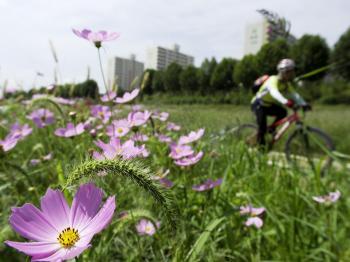
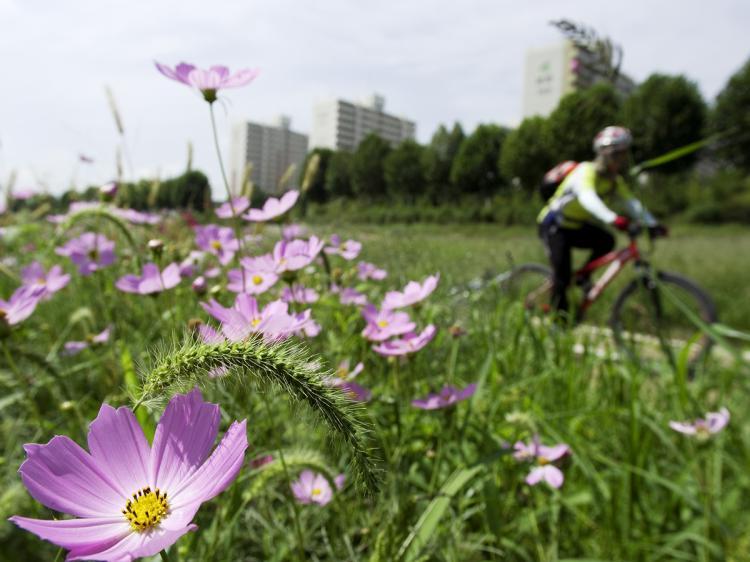
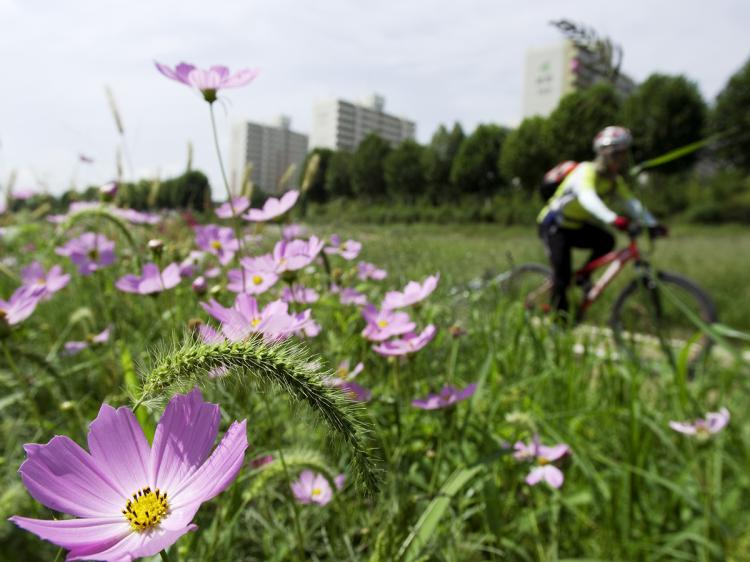
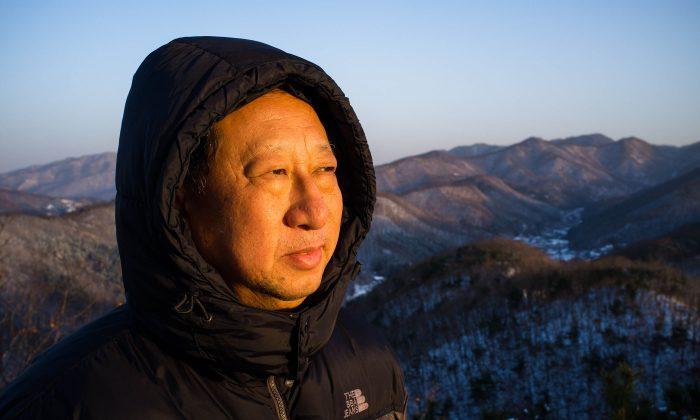
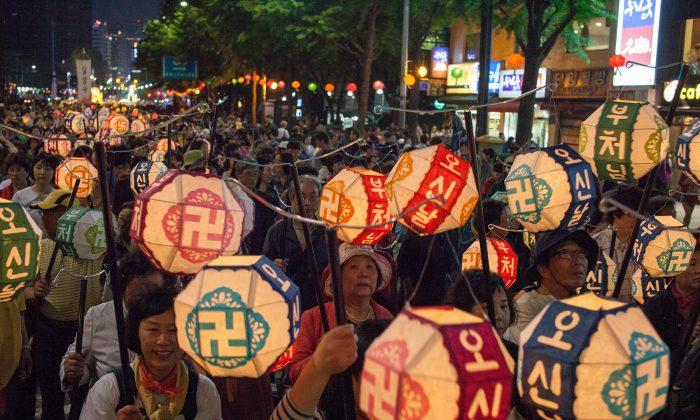
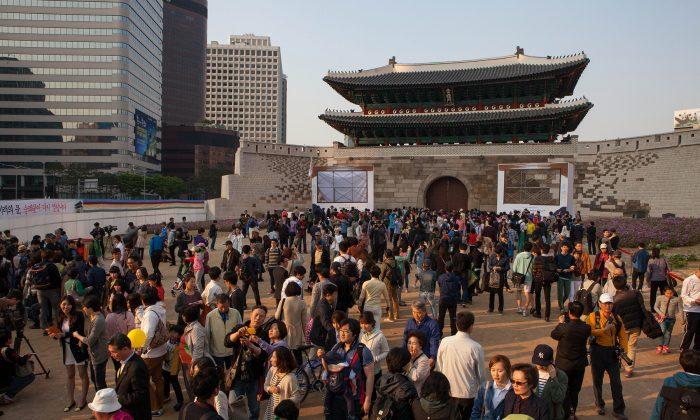
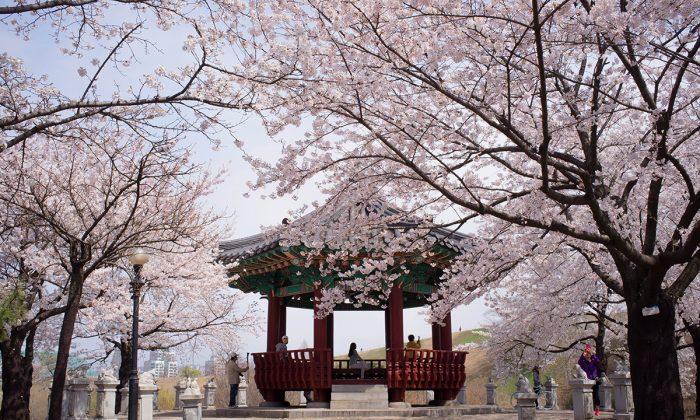
Friends Read Free